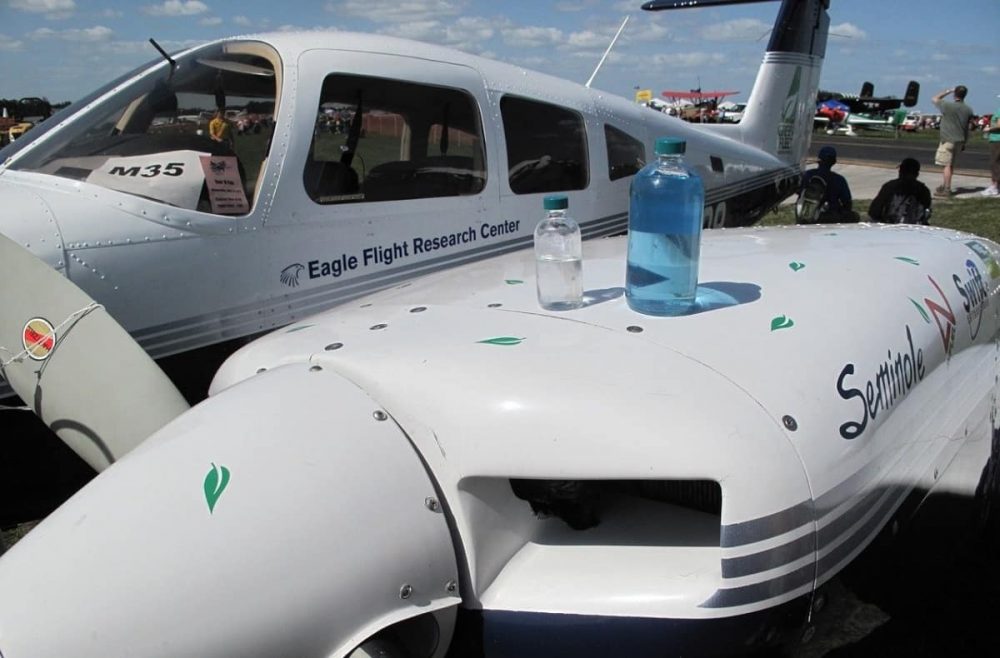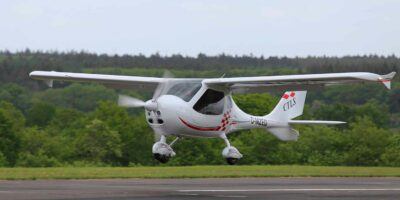Unleaded 100-octane avgas could be authorised and in use across the USA later this year. It would be the biggest change in avgas since the 1940s when today’s leaded fuel was developed for airline and military radial engines with high-pressure superchargers.
Currently, there are more than 167,000 piston-engine general aviation aircraft in the United States, and more than 230,000 worldwide, using avgas. It is the only remaining lead-containing transportation fuel in the USA, and avgas emissions have become the largest contributor to lead emissions in the United States, according to the FAA and the U.S. Environmental Protection Agency.
In 2016, the FAA began its second and final phase of testing of two 100-octane unleaded fuel formulations – one from Shell Oil and one from Swift Fuels.
The final tests are being carried out by two flight engineers at the Embry-Riddle Aeronautical University’s Eagle Flight Research Center (EFRC) in Daytona Beach, Florida. They are Borja Martos, an accomplished flight engineer and research pilot, primarily in research aircraft, and Scott Martin, a senior scientist and EFRC flight test pilot.
The pair have been asked by the FAA to evaluate many aspects of how the new fuels interact with the aircraft fuel systems and engines, such as how the vapour pressure is affected by altitude? Is the freezing point compatible with the current fuel? How does the new fuel’s different chemical components affect seals or gaskets in the engine, hoses and pumps?
The work is confidential, but Martos acknowledges that he and Martin are using multiple aircraft in evaluating different performance categories during flight; cold and hot fuel performance, anti-detonation performance, fuel systems compatibility, engine power and performance and engine start ability.
Will the new formulation work for most General Aviation aircraft with little or no additional hardware? Martos’ and Martin’s research over the next year will be an important part of the answer.
Embry-Riddle Aeronautical University Eagle Flight Research Center












